2020 promises to be a bumper year for bike tech. There are big questions to answer: will we reach Peak Gravel? Will e-bikes form a singularity that consumes us all? Will the bike industry come clean about the disc brake conspiracy? Will there be a new bottom bracket standard? (Probably.)
- CeramicSpeed’s mad chainless Driven drivetrain now changes gear, and it’s for mountain bikes too
- Death of the derailleur? Shimano has patented a bicycle gearbox and we are extremely excited about it
Here’s our round-up of the bike tech the BikeRadar team is hoping might appear in 2020, some of it more far-fetched than others.
Simon Bromley: a Shimano power meter pedal
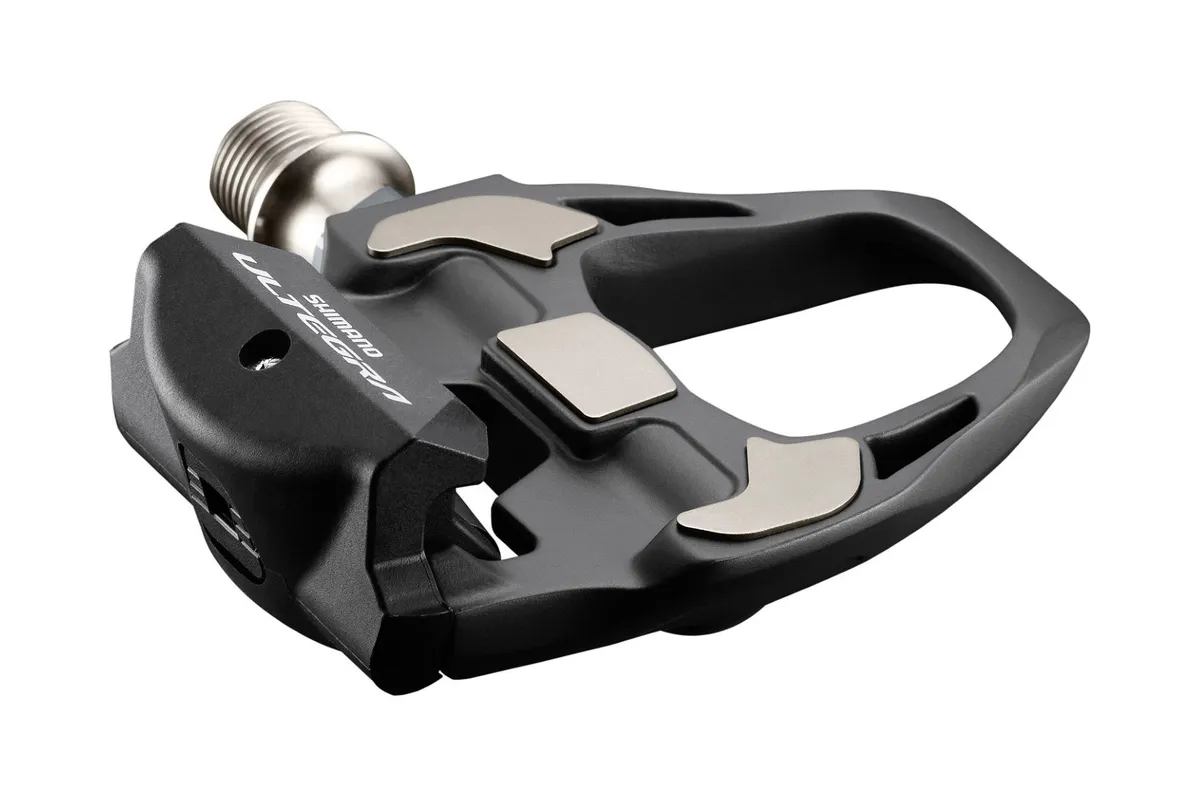
It’s probably not going to happen since Shimano has been going down the crank-based power meter route, but as a devoted user of its SPD-SL pedal system, this is one I would truly be excited to see in 2020.
Shimano SPD-SL pedals famously offer brilliant performance as well as being reliable and easy to use, while pedal-based power meters are, usually, ridiculously easy to swap between bikes.
Obviously there are already options from the likes of Garmin, PowerTap and Favero, but contact points are something I’m particularly wary about changing, so if this were to happen, I’d be a very happy boy.
Update: it didn't happen in 2020, but in March 2021 Garmin released a Shimano SPD-SL compatible power meter pedal. Click here to read our full review of the SPD-SL compatible Garmin Rally RS200 power meter pedals.
Alex Evans: a self-healing tyre
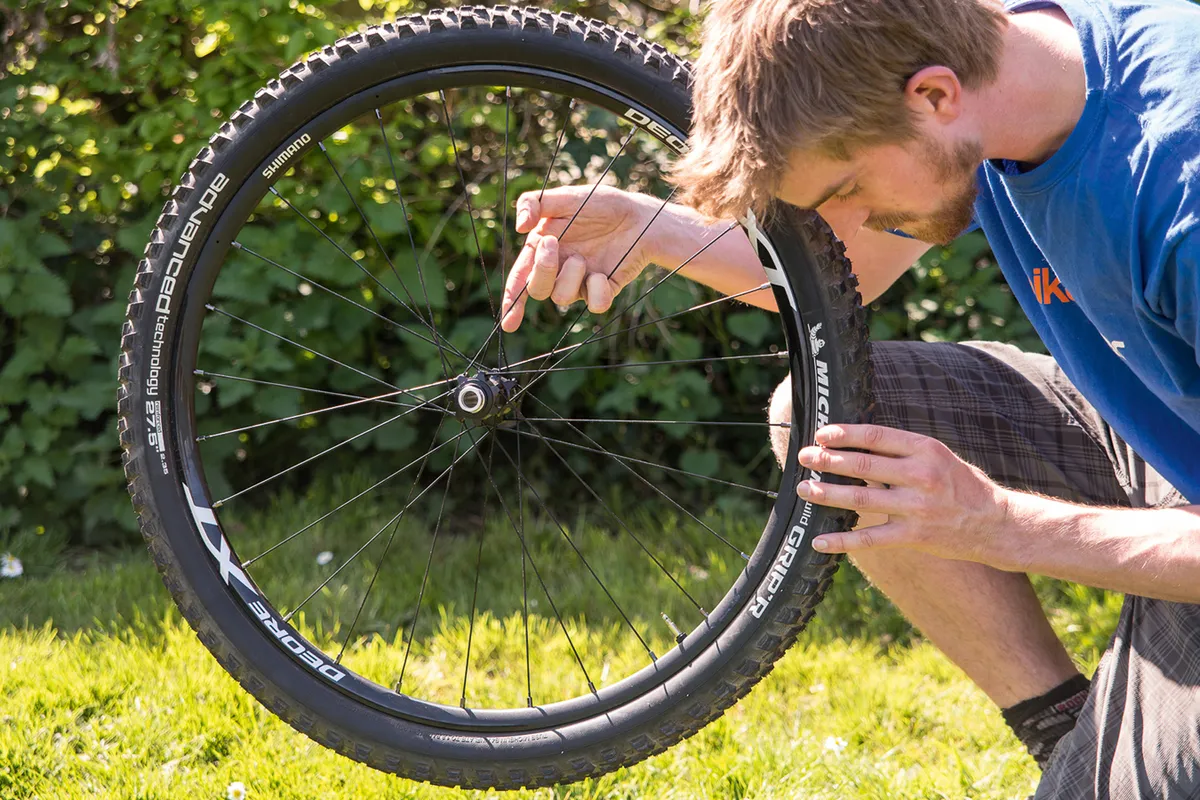
I’ll happily admit I’m a simple guy with simple needs, especially when it comes to bikes. All I ask of my bikes are a few simple things, the most important being not to get punctures. Period.
Whether it’s irrational or not – and I quite frankly don’t care if is – I just cannot stand repairing punctures. I hate having to plug tubeless tyres, I despise using sealant and I especially dislike fixing punctures on inner tubes.
It’s the dirty hands, the ripped skin from tight tyre beads and the general hassle that really grind my gears.
If you’re out on a ride and get a puncture it’s a double whammy compared to fixing one at home. On the mountain bike, everything gets covered in mud – your hands or gloves, your riding kit, the inside of the tyre – literally everything.
On the road bike you’ll have to crouch down at the side of the road in an undignified way to get that precious air back in your tyres.
So, for 2020, I implore the bike industry to design, make and build self-healing tyres. As soon as they rip, tear or get pierced they automatically and magically need to fix themselves so you don’t lose any air and can carry on oblivious of the potential peril you were in.
No more grubby hands and trail-side messing about. If this technology existed it would be a dream come true.
Over to you, bike industry engineers…
Mildred Locke: a women’s saddle designed from scratch
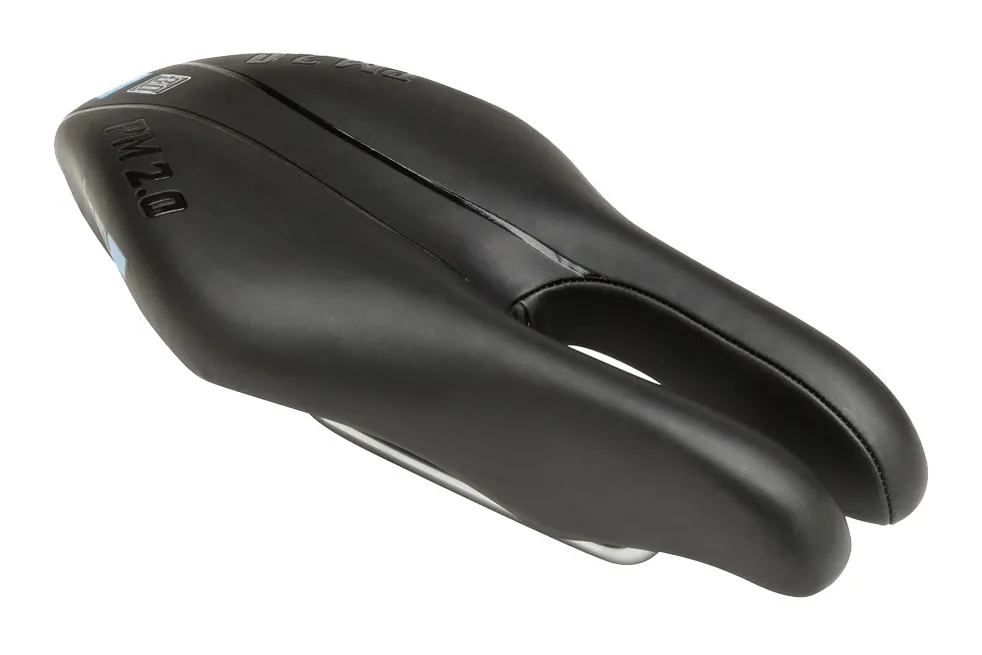
I would like to see a women’s saddle that has been designed completely from scratch, and from the ground up, doing away with the traditional saddle shape that dominates the market.
Of course women-specific saddles do exist on the market, I'm not denying that. Personally my go-to is the Specialized Power saddle, and plenty of female cyclists favour the Power Saddle with Mimic.
Women's saddles generally come with short noses and/or cut-outs to help alleviate the pressure on the labia (which, unfortunately for us, is often more vulnerable than man parts), however they are arguably still adjusted versions of the original saddle design.
I can't help but wonder what someone could come up with if they stepped away from the concept of a standard saddle altogether. What if they started with a blank page, designed a sit bone support, and then continued to construct a shape that's ideal for the female anatomy?
Perhaps it would form something like the ‘fanny hammock’ of Pedersen fame or the ISM PM 2.0. Perhaps it will be 3D-printed to fit around an individual’s form ‘down there’. Perhaps it will be made of marshmallow. Who knows? I’d just like to see what would come out of it.
Matthew Loveridge: a 12-speed Shimano Dura-Ace groupset and a rideable CeramicSpeed Driven drivetrain
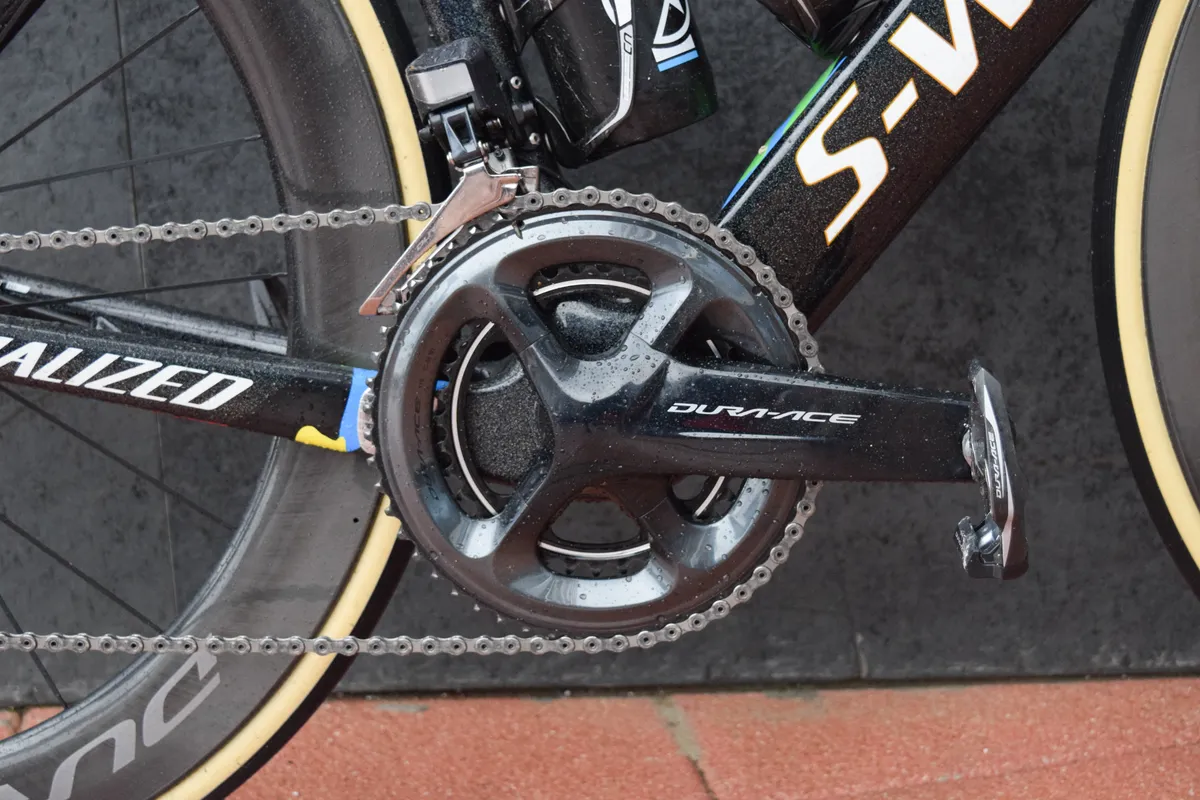
I already wrote a novel about this so I won’t bore you with repetition, but I’m predicting (with some confidence) that Shimano will launch the next generation of Dura-Ace next year and it will more than likely be called R9200.
I have a bit of a Dura-Ace fetish, with a particular affection for the stunning 9000 generation that preceded the current R9100 version.
I’m hopeful that an all-new Dura-Ace might be a little more aesthetically bold than R9100, and of course I’m assuming it’ll be 12-speed too.
I’m counting on Shimano to make something wonderful. Don’t let me down, okay?
Staying with the component theme, I’m hoping that CeramicSpeed will finally come up with a rideable version of its mad Driven chainless drivetrain, and I’ll get to have a go on it.
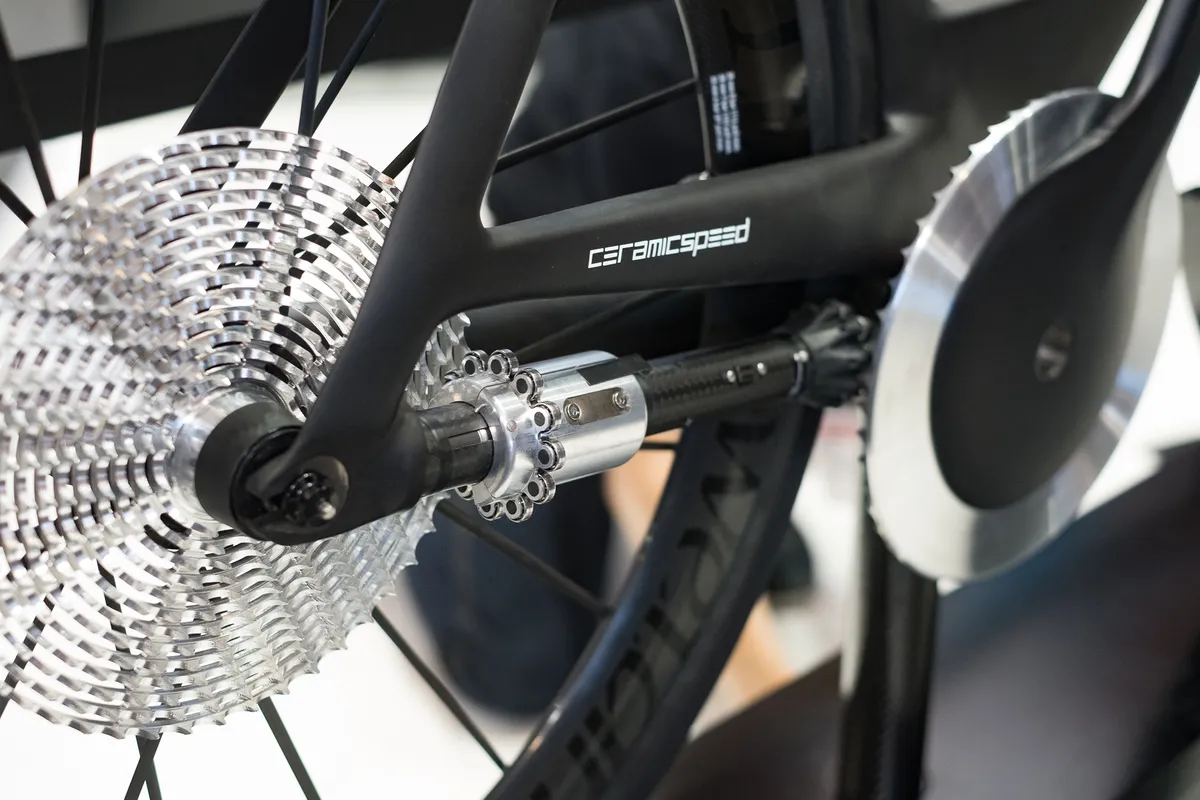
Driven made waves when it launched in 2018 and then claimed to be the most aero drivetrain and gained a shifting mechanism in 2019.
I applaud the creativity and lateral thinking that’s gone into it, but until CeramicSpeed produces a rideable prototype that it’s willing to put in the hands of independent journalists, Driven remains little more than a concept.
Jack Luke: that Shimano gearbox
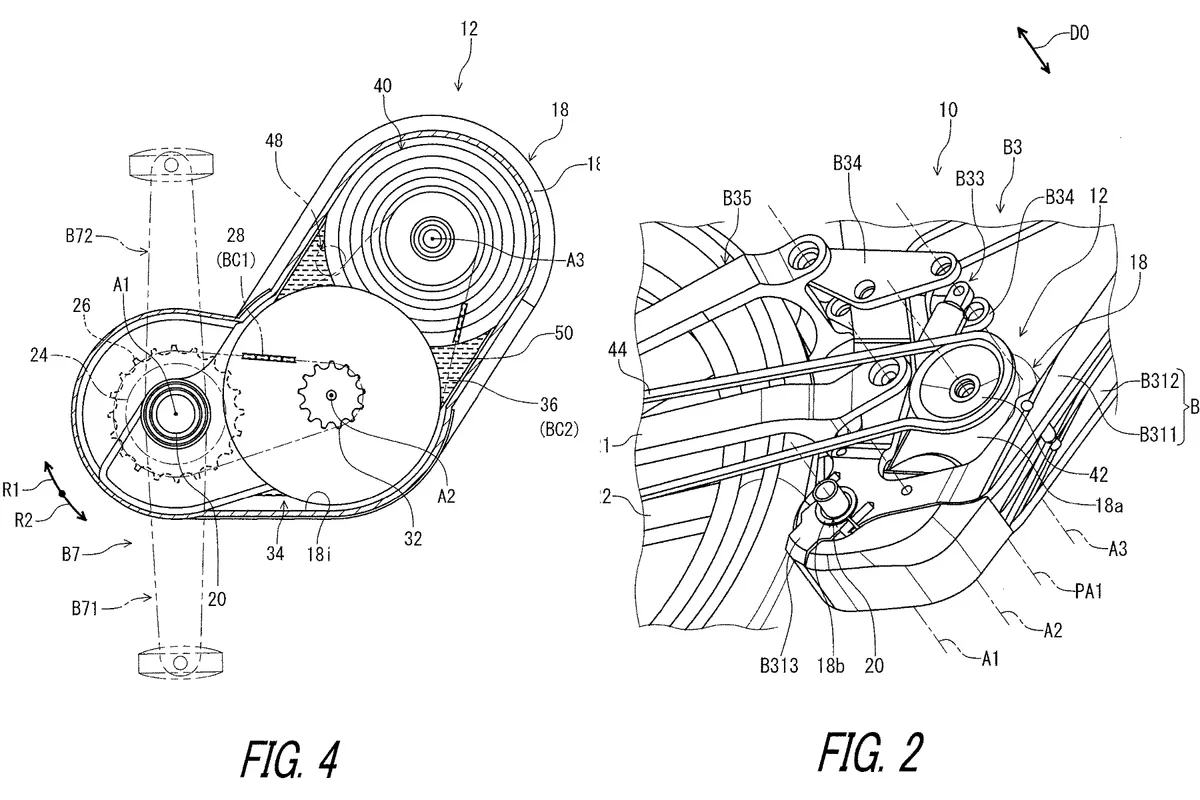
I found the damn story, so I’m claiming the gearbox that Shimano is (probably) developing as my future tech pick for 2020.
As explored in my zillion-word tome, Shimano has filed a patent that includes a detailed outline of how the gearbox could work.
While they have their advantages, I don’t think that a gearbox is the best solution in all circumstances. Instead, if the concept is developed further, I’m more excited about the idea that we could see a seismic shift in bicycle design.
Accommodating a gearbox into a frame will present new engineering challenges. With that will come new ideas and writing about those will (hopefully) keep me in a job for years to come.
George Scott: a new Canyon Aeroad

Cast your mind back to the Grand Départ of the 2014 Tour de France. Those heady days in Yorkshire, when the world’s biggest bike race came to Britain, hundreds of thousands of spectators lined the streets of Leeds and Harrogate, and Marcel Kittel pulled on the yellow jersey.
The Grand Départ also saw the launch of the Canyon Aeroad and the German direct-sales giant’s wind-cheating road bike is surely due an update. Half a decade is a veritable lifetime in bike design and, while the Aeroad Disc was subsequently launched in 2016, the platform is effectively unchanged.
With its clean lines, truncated tubes and one-piece cockpit, the Aeroad helped set the benchmark for aero bikes as we now know them. It remains one of our favourite aero road bikes, but now I want to see what Canyon is going to do next.
Rob Spedding: cheaper electronic shifting
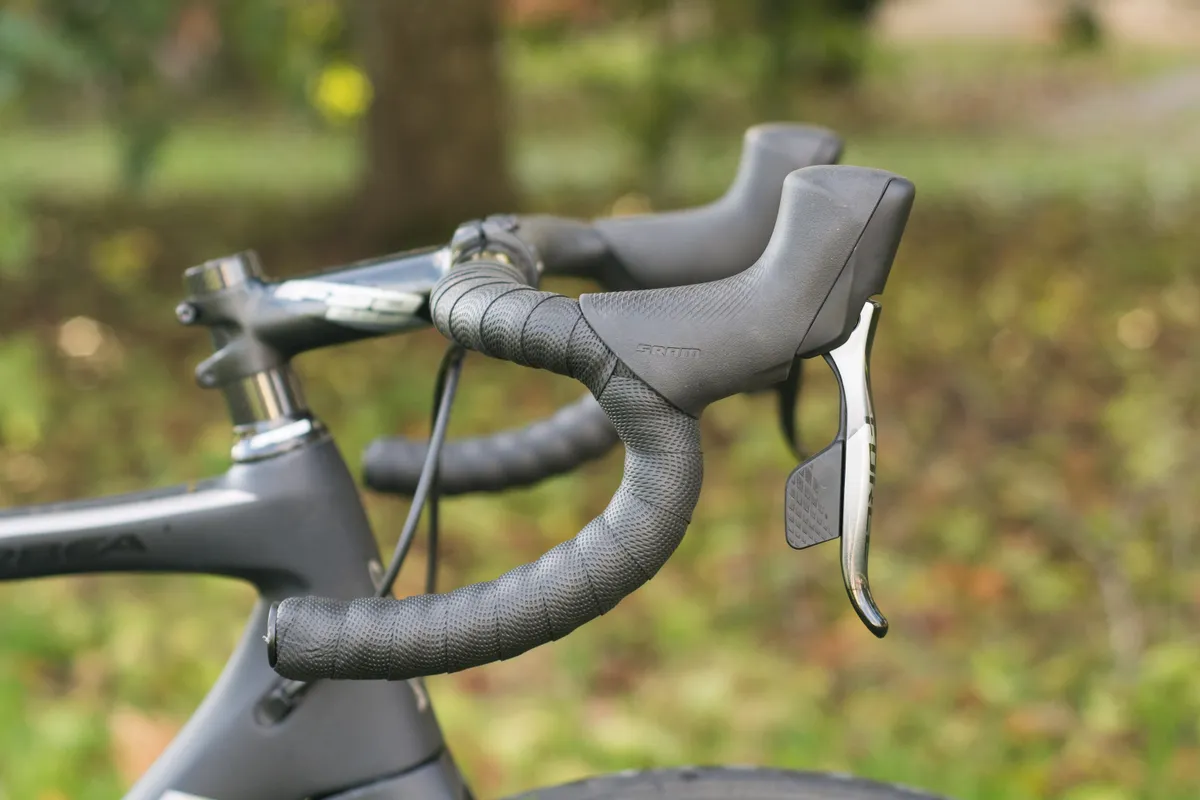
How inexpensive can electronic shifting get? Not cheap enough for most of us is probably the answer, but I’d love to see Shimano bring its Di2 tech down to 105 level. Or SRAM brings eTap to the semi-masses with a battery powered Rival.
If it’s 1× and wired to keep the costs down, I’m fine with that. The question is, of course, why would I like to see electronic for-the-people groupsets?
There is, of course, nothing wrong with analogue 105 and Rival but I feel that electronic shifting should be for the many and not the few, just like super-fast broadband and hospitals and high-speed railways.
Cheapish electronic groupsets will make the world a better, more equal, fairer place, right?
That’s our wishlist for 2020 — what’s yours? Let us know in the comments, and do please tell us if you think our predictions are wholly incorrect.
